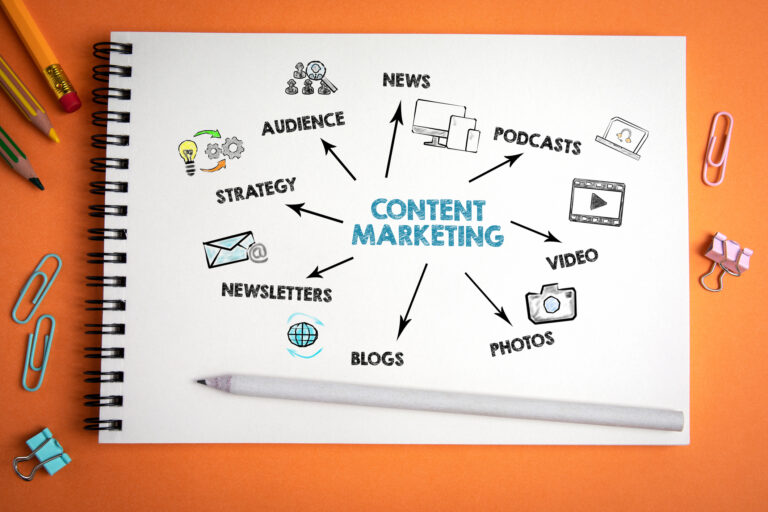What Email Marketing Can Do for Your Business
There are instances when email marketing is highly effective. The challenge is figuring out when those instances are. As a rule, email marketing is still highly effective when it’s used to:
- Promote an upcoming sale
- To get a regular newsletter in the hands of your customers
- Providing your loyal customers with outstanding incentive programs
In 2020, email marketing remains a great and reliable way to stay connected to your loyal customers, however, in terms of generating sales and building your customer base, email marketing has lost some of its effectiveness.
Issues Currently Reducing the Effectiveness of Email Marketing
There are several reasons that email marketing isn’t as effective in 2020 as it was five years ago.
Crowded Inboxes
The average consumer has become overwhelmed by the sheer volume of emails they receive every single day. There is a limit to the number of emails they have time to read. Today, the average consumer generally uses the time they have set aside for dealing with emails. Most people only open emails that contain personal correspondence from friends/family and emails from businesses they frequently use. Even if the consumer filled out the email sign-up form unless you send them an email that clearly indicates it contains a coupon or details about an upcoming promotional event, it’s likely the email will be sent, unopened, to the trash. After receiving two or three uninteresting emails from your business, it’s likely that your emails will be redirected to the consumer’s spam folder.
Each Consumer has Their Own Sales Cycle
The trick to a highly effective email marketing campaign in 2020 is hitting the sales cycle just right. This isn’t easy. If a consumer is at a point in their life that they need the product/service you offer, it’s likely that they will open and love the emails you send. However, if the consumer has just purchased the product/service, it’s likely that your email will be viewed as a nuisance and make them question your customer service. The best way to avoid having the emails get deleted is by customizing your marketing program to each customer.
Deliverability
The cost of email marketing is climbing. When you’re first starting out, the cost doesn’t seem too bad, but as your email list grows, the cost increases. You pay for each email you send, even if it’s not opened or is directed straight to spam. It doesn’t take long before you start wondering if the money you’re currently spending on emails would be better invested in a different marketing strategy.
Consumers have Simply Fallen Out of Love with Email Marketing Campaigns
As older consumers stop shopping and younger consumers fill their shoes, marketing trends have changed. It turns out that tech-savvy young consumers don’t love email marketing as much as older consumers did. Data collected by Adobe in 2018 indicated that the number of active consumers who favored email marketing campaigns had decreased to under 50%. Many marketing experts expect that number to keep falling during the next decade.
Saving Your Email Marketing Program
Since email marketing still has value, you don’t want to completely scrap this marketing avenue. Instead, you need to learn how to make your email efforts more effective. The good news is that it’s not as difficult as you might think.
Focus on Your Subject Lines
The subject line you attach to your email will likely be the most important thing you write all day… possible all week. It’s the difference between your email getting opened and read and going straight to trash. Never lose sight of the fact that subject lines are as much art as science and can RUIN your efforts. The subject line needs to be intriguing, it needs to be short, and it needs to accurately represent the email’s content.
Segment your Emails
Resist the urge to send a huge block of text in each email. According to Mail Chimp, the most effective email marketing campaigns are the ones that employ segmentation strategy. This strategy should include:
- Demographics
- Quiz/Survey results
- Geographic Data
- Sales cycle information
- Email engagement data
- Sales funnel location
- Purchase history
B2B marketing software does a wonderful job of helping you streamline your email marketing segmentation strategy.
Focus on Behavioral Triggers
While everyone on your email mailing list represents your target market and shares some common factors, it’s important to remember that each person is unique. Take a few months and study the results of each email you send. Before long, you should start to see specific patterns emerge. You’ll notice that some of your subscribers respond well to certain words. Others open an email if they know it contains a personalized coupon. Still another group only opens email certain times. You can use this data to identify behavioral triggers that will help you streamline your email marketing efforts so that each email you send is opened and triggers the exact consumer response you desire.
Once you’ve identified key behavioral triggers you can use this information to create highly effective emails that you send out to a specific group of consumers who are the most likely to respond. This will replace your current trend of sending out one mass email to every single person on your email subscribers list. In the beginning, many business owners think that these smaller batches of emails are time-consuming but as soon as they notice the improved engagement rate, they end up wishing they’d gone to the smaller batches much sooner.
Contact us Brand Syntax to learn more about how our B2B marketing software can help you achieve the biggest bang for your email marketing efforts.







